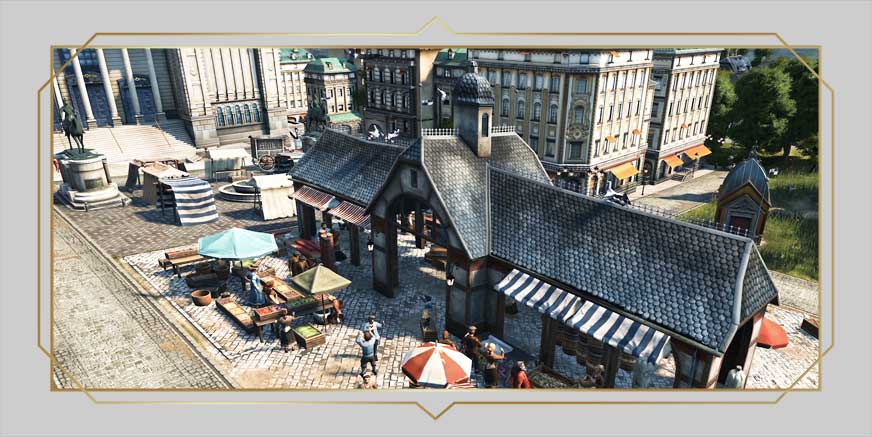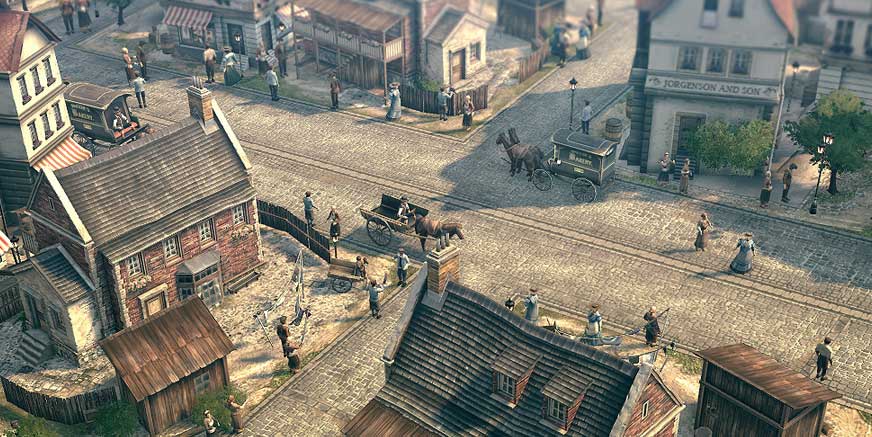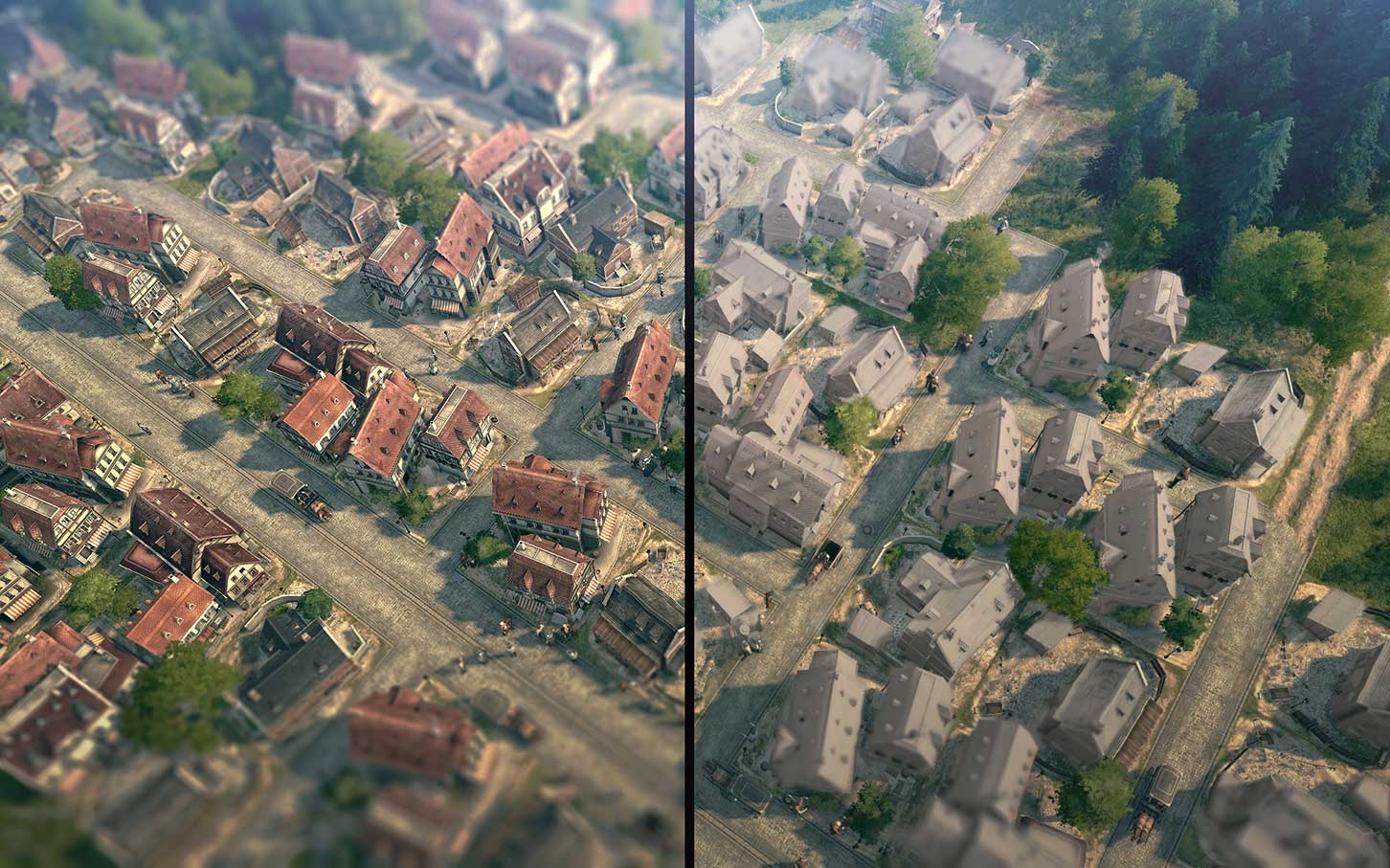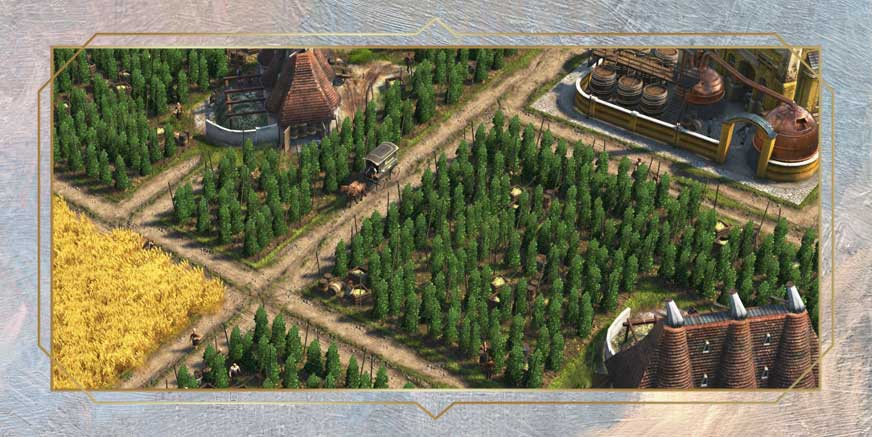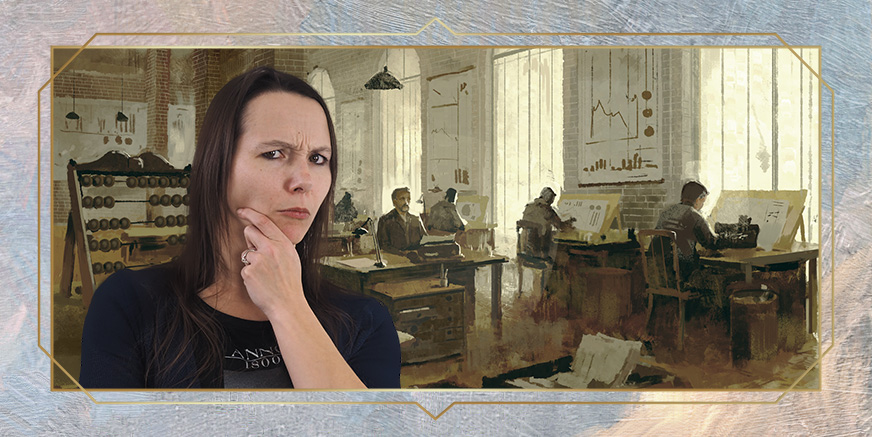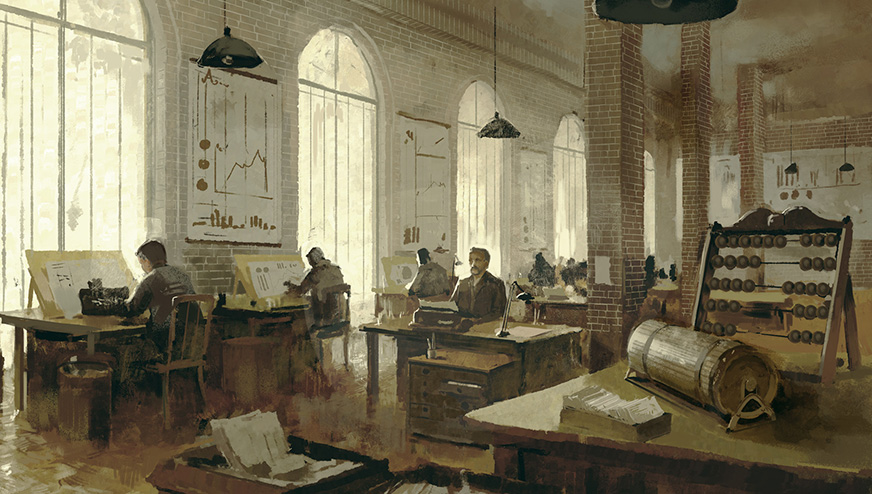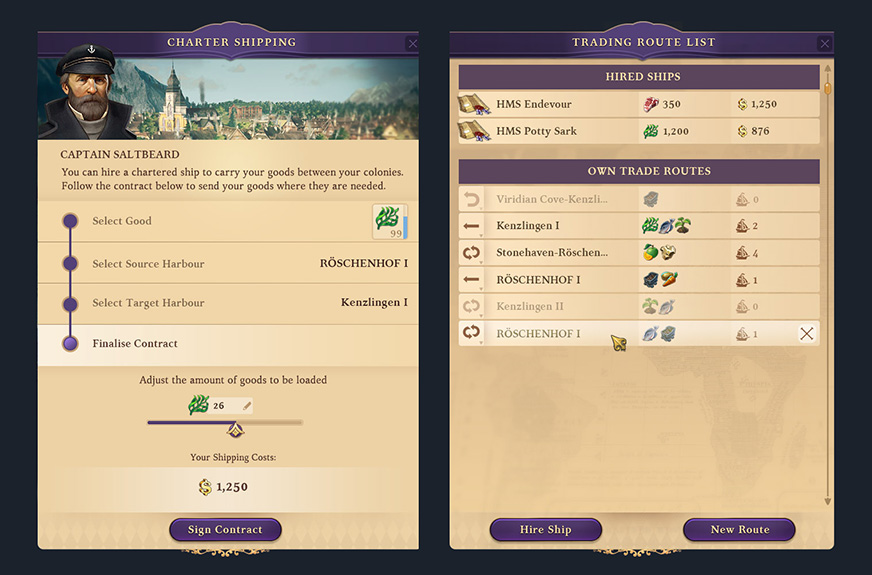A turbulent month is coming to its end, as quite a few new features were introduced, and we are currently busy tying up a few loose strands from before.
We will send out the focus test invitations for the first group of testers pretty soon, so keep an eye on your mailbox. For the playtest, we had to do some additional polishing on our development version of the game, which lead to a slight delay to early March.
We plan to bring you the long awaited update regarding the writing contest next week; in addition, we will present you the finalists for the upcoming island voting. It was not an easy task for us to select the finalists from over 100 amazing entries!
After our big introduction to Anno’s residential tier system, this week’s DevBlog will bring the stars of the first tier to the stage: enter the farmers of Anno 1800.
To see that the blog resonated with so many of you made us happy and we are looking forward to showing you some of the features in action in the next AnnoCast.
But before we tease too much about the upcoming month, let’s move over to this week’s community C&A:
Community QnA
Community Many of you are curious how exactly the trade routes work between sessions.
Sebastian: As many of you assumed correctly, it will take some time until a ship reaches another session. Here an example:
We have an island in session A, which produces a good currently needed in Session B. We start with creating a route to send the ship to pick up the goods in session A. When loaded, it will travel to the border of the map in order to leave session A. It will now take some travel time until it finally at the map border of session B. I cannot give you more specific details about the exact length of the travel time as of yet, as we are still working on the right mixture between realism and good gameplay flow. Ships should need some time to travel across the ocean but it should not take too long to affect the gameplay negatively.
fabian_eiter Will I need to create residential buildings on every isle separately in order to generate the needed workforce for my production?
Dirk: The short answer: No. The more detailed explanation: Generally speaking, you will always need residential buildings to generate workforce, like farmers taking care of the crops. However, it will be the case that some of your islands do not need your entire workforce. You will be able to transfer such workforce overhead to your production isles.
It is up to you whether you want to generate your workforce on your production islands or to transfer them within your empire. We will provide more in depth details about the workforce system in a future blog.
Annorevolution The high tier residential buildings from early screenshots seem to be 3×6 in size. Does that mean that these kinds of buildings will not be in the release version of the game? How do you plan to create an organic looking cityscape?
Basti: Higher tier residential buildings will connect to create dense house facades, similar to the system from Anno 1404. That allows us to create the look of connected big housing complexes based on several smaller units. The screenshots, which show a modern metropolis in the 19th century, are representative of the look we aim for with the release version of the game.
Gxy12 Will the new workforce system require that you use lower tier residents in higher tier production buildings, or even buildings which rely only from workers from lower tiers?
Basti:Workforce will not be limited to their specific tier, so you will be able to utilize your lower tier workforce for some production buildings from a higher tier. For more details about the workforce system, keep an eye on future DevBlogs on the Union, as this topic will get some more coverage in near future.
otacon2002: What is going on with the trains? Do you have any information how trains will work?
Basti: We are working on it to tackle some of the most burning topics in near future. We wouldn’t do the bigger features a favour if we would just drop some details in a community Q&A. We hope that we will soon be ready to give you some insights on Anno 1800s trains, a topic where the team is really curious about feedback from the Anno Union.
